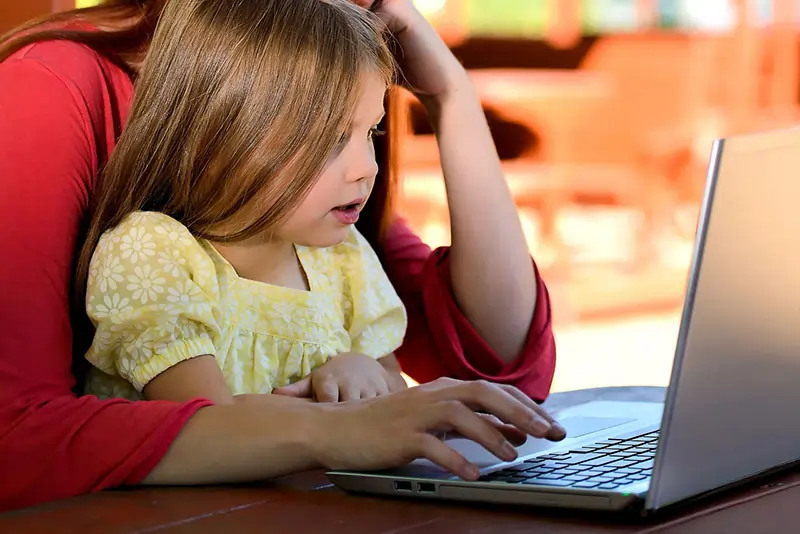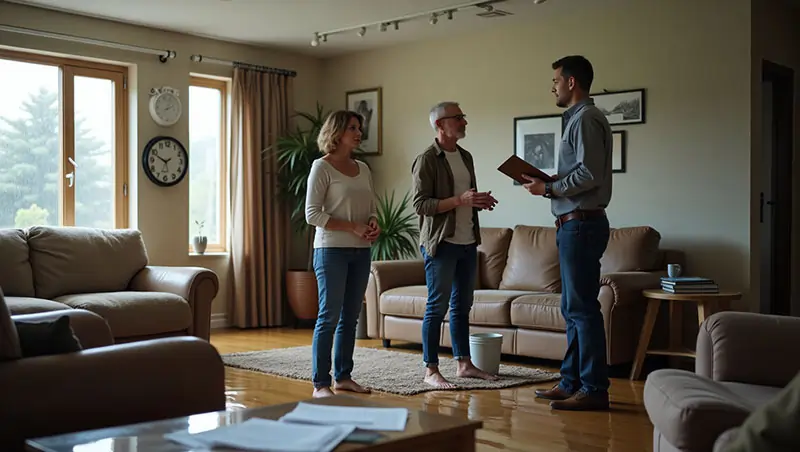3 Tips to Safeguard Children’s Vision During Screen Time
Even if you’re a parent who limits your kids’ time in front of screens between learning and entertainment, they still end up spending way too much time on electronic devices. This is not necessarily a bad thing, considering that they’ll do this all their lives. However, you have to make sure their vision is not affected.
For this, we put together several eye-friendly habits you can encourage at home and teach your kids to practice at school or in any other location. These strategies help maintain kids’ eye health amidst today’s tech-driven world.
1. Maintaining Ideal Distance: How Far is Enough?
Many parents wonder about the perfect distance kids should keep from screens. Here’s a simple guideline: hold devices at least an arm’s length away, about 18 to 24 inches. This helps reduce eye strain and prevents squinting, allowing eyes to focus comfortably.
Computer monitors should be slightly below eye level. You could stack books under the monitor or adjust seating to achieve this angle easily. It creates a natural line of sight that minimizes stress on the neck and eyes.
It might also help to consider larger screens for longer viewing periods. Smaller displays often mean children hunch closer without realizing it, increasing fatigue over time.
You can also talk with a vision care specialist if you’re unsure what works best for your child’s needs or want personalized advice on maintaining vision health during screen time. They can provide insights into best practices tailored specifically for each young viewer.
2. Proper Lighting Setup for Screen Time
Setting up the right lighting can make a big difference in your child’s screen time comfort. Start by positioning screens away from direct sunlight or harsh overhead lights. Bright glares reflect on screens, making it harder for the eyes to focus.
Also, consider softer ambient lighting like lamps or adjustable LED strips behind screens. These provide gentle illumination without creating shadows or reflections that cause eye strain.
Pay attention to the contrast between room and screen brightness, too. A well-lit environment complements device settings, allowing smoother transitions from bright games or videos back to natural light levels.
3. Encourage Effective Breaks to Rest Eyes
Kids need to be taught to take breaks from screens. Otherwise, their young minds can easily get caught in an endless loop of apps, videos, sounds, and so on. Remember, even full-grown adults like you and me get caught up in timeless social media scrolling, so we shouldn’t let the kids face the screens without supervision.
The easiest way to teach them about breaks is through the 20-20-20 rule. Every 20 minutes, ask your child to look at something 20 feet away for at least 20 seconds. As they practice more, this rule will become a habit, and they’ll implement it wherever they go.
You can also bring tools into the mix, like kitchen timers or apps that remind users to take a break. This way, you don’t have to do the monitoring and the kids will learn to apply the rule by themselves.
Wrap Up
Keeping screen time both enjoyable and healthy is key for kids today. By incorporating simple strategies like regular breaks, optimal lighting, and using blue light filters, you create a nurturing digital environment. It’s all about finding that sweet spot where fun meets eye care in the world of tech!



